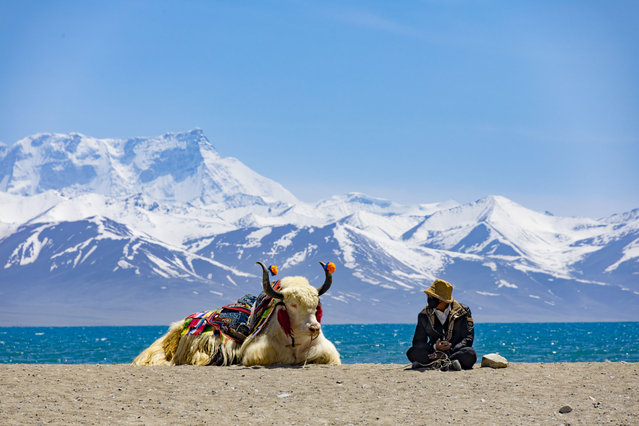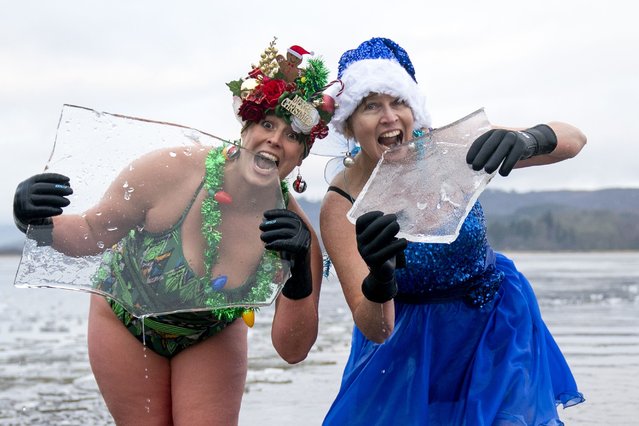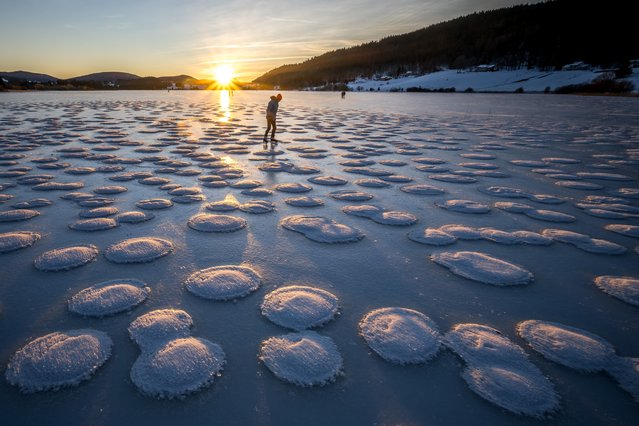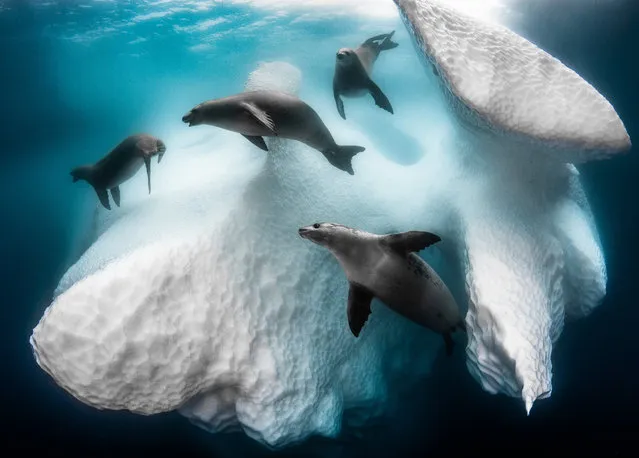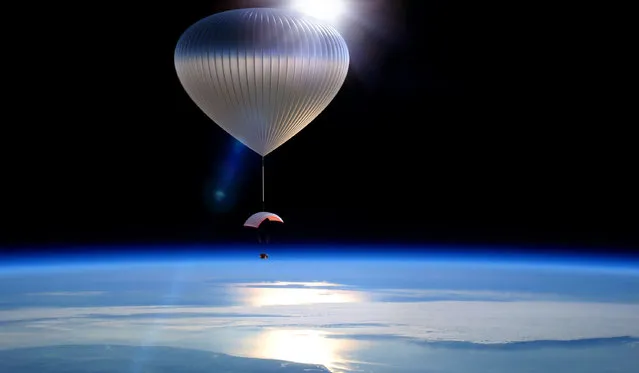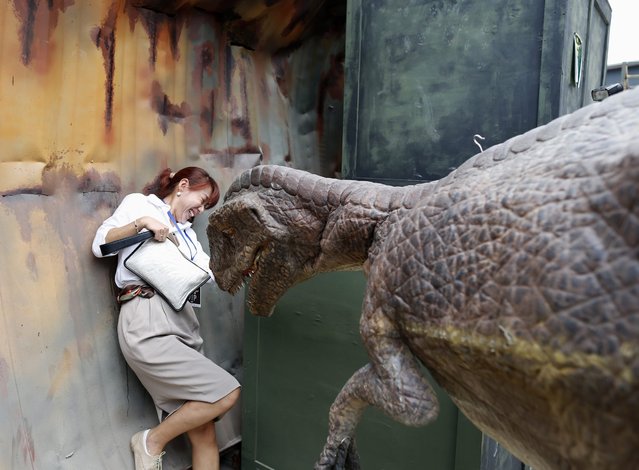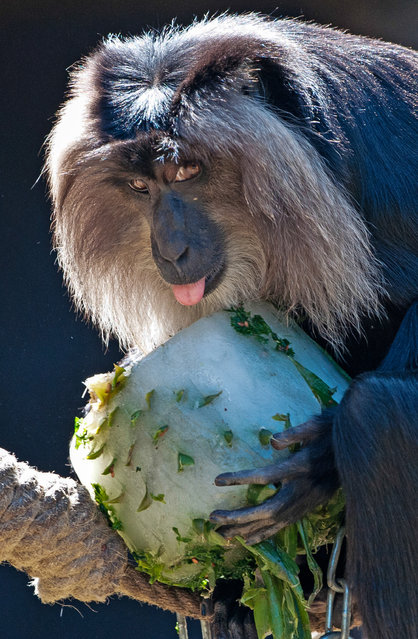
A Lion-Tailed macaque holds a big block of ice with a mix of frozen vegetables and fruit at the zoo in Leipzig, central Germany, Friday, July 19, 2013. Weather forecasts predict sunny weather and warm temperatures for Germany in the next few days. (Photo by Jens Meyer/AP Photo)
27 Jul 2013 09:44:00,post received
0 comments

